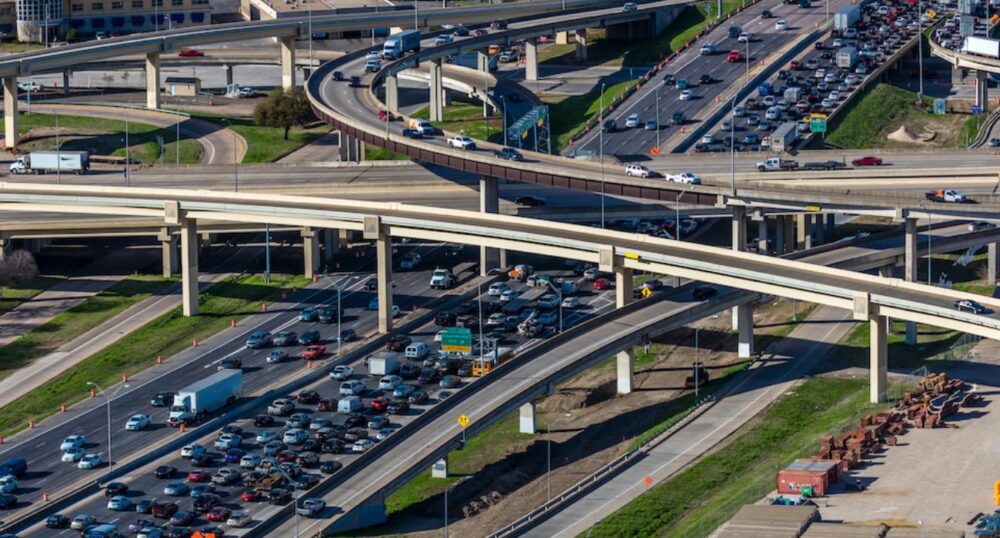In a recent report by transportation data firm INRIX, Dallas has been listed as one of the nation’s most congested cities, with traffic conditions showing further deterioration post-COVID-19.
The study, part of INRIX’s 2023 Global Traffic Scorecard, reveals a 12% increase in traffic congestion compared to pre-pandemic levels, placing Dallas as the 17th most congested city in the United States.
New York City ranked as the most congested city globally, with Mexico City and London following closely behind, per the report.
According to Bob Pishue, an analyst at INRIX, Dallas stands out for its resilience in managing traffic despite its size.
“Texas is always looking at interesting ways to finance and deliver infrastructure, and that is not that common in other states or areas. Dallas isn’t afraid to build,” Pishue told The Dallas Morning News.
However, in response to the growing needs of Dallas’ traffic infrastructure, Dan Lamers, the senior manager of Metropolitan Transportation Planning for the North Central Texas Council of Governments, said earlier this year, “We can’t build our way out. We don’t have the funding to do it. And, frankly, we don’t have the ability to construct the amount of capacity that we need.”
Despite any proposed solutions, commuters in Dallas will continue to face significant challenges on the roads in the upcoming years.
The average driver lost 38 hours to congestion in 2023 alone, marking a 6-hour increase from the previous year and costing approximately $658 in wasted time per driver. Notably, the U.S.-80 Eastbound corridor from I-635 to FM 548 in Forney ranked as the 11th most congested stretch in the country, where drivers endured a staggering 66 hours of delays annually, per the INRIX report.
The study also identified an uptick in “super commuting,” where a growing number of workers are traveling distances exceeding 75 miles to get to their jobs.
Additionally, rush hours have evolved in Dallas, with midday traffic now rivaling peak hours, indicative of a more flexible work environment where remote work and varied office hours are increasingly common, according to DMN.
Dallas continues to be frequently featured on lists of the most hazardous places to drive in the United States.
The city was ranked ninth worst for driving and tenth worst for overall safety by Forbes Advisor recently.
Statistics from 2020 to 2022 show that Dallas had a traffic fatality rate of 6.25 per 100,000 for collisions involving alcohol impairment and 5.69 per 100,000 for collisions involving speeding, as previously reported by The Dallas Express.


